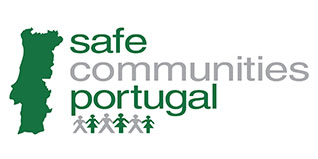Wild camping remains prohibited on land belonging to the Natura 2000 reserve network, protected areas and areas covered by Coastal Development Plans.
Violations of these locations may incur fines between 120 and 600 euros, usually actions involving the Maritime Police, GNR and ICNF.
By amendment to articles 48 and 50-A of the Portuguese Highway Code, approved in July 2021, “overnights are allowed in motorhomes approved by the IMT (Institute of Mobility and Transport) for a maximum period of 48 hours” except in aforementioned zones.
In the remaining territory and in the absence of municipal regulation for the activity, the overnight stay of motorhomes approved by the Institute of Mobility and Transport, IP is allowed, for a maximum period of 48 hours in the same municipality, except in places expressly authorized for the purpose, for which no overnight limit is established.
Official camp sites are divided into a number of categories providing different types of facilities and services, but all are required to be registered with government.
Campsites can, if not properly regulated, give rise to a higher fire risk due to: insufficient distance between combustible accessories like tents, random car parking, use of fire wood, gas to light and to cook, poor maintenance of accessories, fire suppressant equipment not properly located, and lack of training of campers and sometimes of the site staff in fire safety and prevention procedures are among the main issues to be addressed in campsites in order to reduce the fire risk.
Depending upon the category, registered campsites in Portugal can accommodate tents, caravans and motor homes, either together or in separate areas. These invariably cover all the necessary fire prevention and protection measures, so it is important to follow the requirements laid down.
Prior to booking, if in doubt users should clarify this with the campsite concerned, particular concerning the use of BBQs. Again remember to check if they are properly registered and covered by liability insurance.

